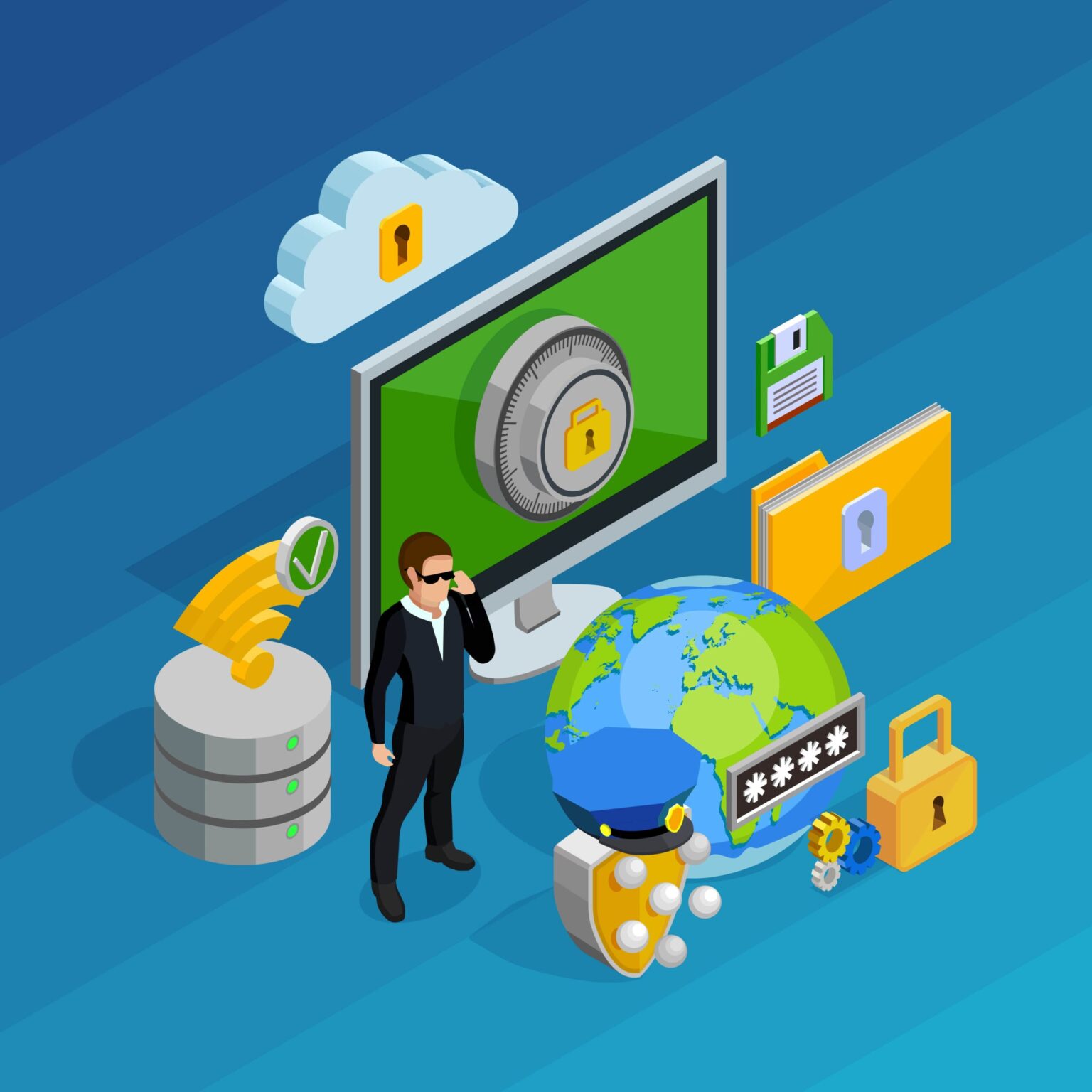Cybersecurity is a critical aspect of marketing technology to protect customer data and prevent data breaches. Safeguarding customer information is essential for maintaining trust, complying with regulations, and avoiding reputational damage. Here are strategies to enhance cybersecurity in marketing technology:
-
Implement Strong Access Controls: Ensure that access to marketing technology systems and customer data is restricted to authorized personnel only. Implement strong authentication mechanisms, such as two-factor authentication, to prevent unauthorized access. Regularly review and update user access privileges based on roles and responsibilities.
-
Secure Data Storage and Transmission: Encrypt sensitive customer data both at rest and in transit. Utilize encryption protocols, secure socket layer (SSL)/Transport Layer Security (TLS) for website communications, and secure file transfer protocols for data transmission. Implement secure data storage practices, including secure databases, encryption of stored data, and access controls to protect customer information.
-
Regularly Update and Patch Software: Keep all marketing technology software and systems up to date with the latest security patches and updates. Regularly monitor vendor updates and security bulletins to address any known vulnerabilities promptly. Outdated software can expose your systems to cyber threats, so ensure that automatic updates are enabled whenever possible.
-
Conduct Regular Security Audits and Vulnerability Assessments: Perform regular security audits and vulnerability assessments to identify potential weaknesses in your marketing technology infrastructure. Use tools and techniques to scan for vulnerabilities and weaknesses in your systems, applications, and network. Address any identified issues promptly to mitigate risks.
-
Train Employees on Security Best Practices: Educate and train your employees on cybersecurity best practices and the importance of data protection. Teach them how to recognize and report potential security threats, such as phishing attempts and suspicious emails. Regularly communicate and reinforce security policies and procedures to foster a security-conscious culture.
-
Use Firewall and Intrusion Detection/Prevention Systems: Implement firewall solutions to monitor and control network traffic. Combine this with intrusion detection and prevention systems (IDPS) to identify and respond to potential threats in real-time. Set up alerts and automated actions to detect and prevent unauthorized access or malicious activities.
-
Employ Data Loss Prevention (DLP) Measures: Implement data loss prevention measures to prevent unauthorized access, use, or disclosure of customer data. Implement policies, encryption, and data classification mechanisms to protect sensitive information. Monitor data flows and implement automated mechanisms to prevent data breaches or unauthorized data transfers.
-
Perform Regular Backups: Regularly backup customer data to ensure its availability and resilience in case of cyber incidents or data loss. Store backups securely and regularly test the restoration process to ensure their effectiveness. Consider implementing offsite or cloud backups for additional redundancy and protection.
-
Monitor and Respond to Security Incidents: Implement robust security incident monitoring and response processes. Deploy intrusion detection systems, log analysis tools, and security information and event management (SIEM) solutions to detect and respond to security incidents promptly. Establish an incident response plan with defined roles, procedures, and communication channels to mitigate the impact of any security breaches.
-
Conduct Regular Security Awareness Training for Customers: Educate your customers about potential cybersecurity risks and best practices to protect their own data. Provide guidance on creating strong passwords, recognizing phishing attempts, and using secure communication channels. By empowering your customers with cybersecurity knowledge, you create a more secure ecosystem overall.
Cybersecurity in marketing technology is an ongoing effort that requires a proactive and layered approach. By implementing these strategies, you can protect customer data, prevent data breaches, and maintain a secure marketing technology environment. Regularly reassess your security measures to adapt to evolving threats and technology advancements.



